How to configure IPv4 Address in Windows Server 2025
Step 1 – To configure TCP/IPv4 settings like IPv4 address, Subnet Mask, Default Gateway address, and DNS Server addresses in Windows Server 2025, right-click "Network" from Windows Server desktop and click "Properties" from the context menu, as shown in below image.
If you cannot find "Network" icon in desktop, that icon may be hidden. Refer following link to learn how to add "Network" icon to desktop.
![]()
Step 2 – "Network and Sharing Center" settings window will be open as shown below. Click "Change adapter settings" link to open "Network Connections" settings window.

Step 3 – "Network Connections" window will be open as shown below. Right-click the Ethernet adapter which you want to configure IPv4 address, and select "Properties" from the context menu.
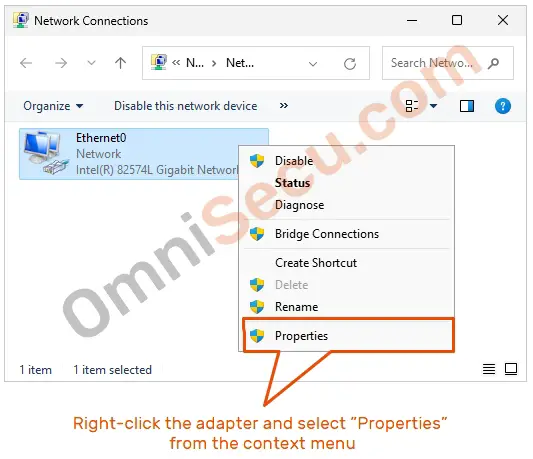
You may avoid Step 1 and Step 2 and directly open "Network Connections" window by typing "ncpa.cpl" at the search box, and then clicking "ncpa.cpl" from the search results.
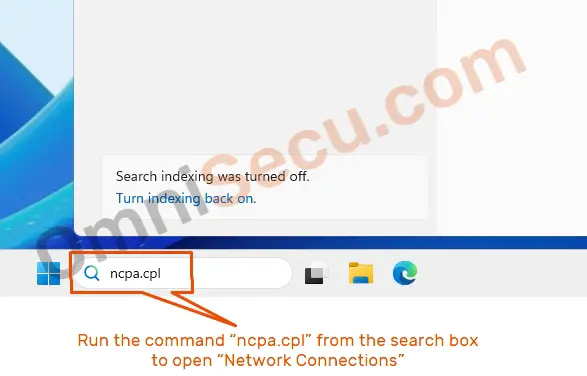
Step 4 – From Ethernet adapter Properties dialog box, select "Internet Protocol Version 4 (TCP/IPv4)" from the list box, and then click "Properties" button as shown in below image

Step 5 – You can see from below image that the Windows Server 2025 has its default configuration, after installation, to obtain the TCP/IPv4 settings automatically from a DHCP server, and default TCP/IPv4 properties are blank.
Click "Use the following IP address" radio button and "Use the following DNS server addresses" radio button to manually configure IPv4 address and related TCP/IPv4 settings. Please refer below image.
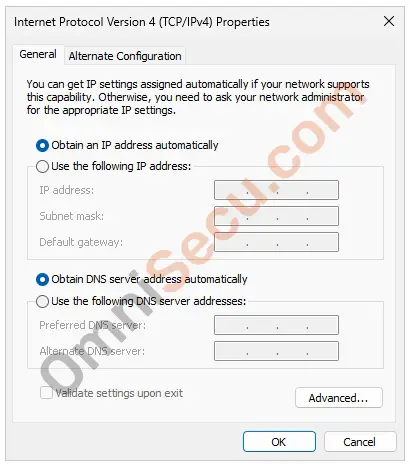
Step 6 – Now you can enter the TCP/IPv4 settings like IPv4 address, Subnet Mask, Default Gateway address, and DNS Server addresses in Windows Server 2025 as shown below.
After entering the TCP/IPv4 settings, click "OK" button to apply the changes you have made in TCP/IPv4 settings. Click "OK" buttons in previous dialog boxes also.
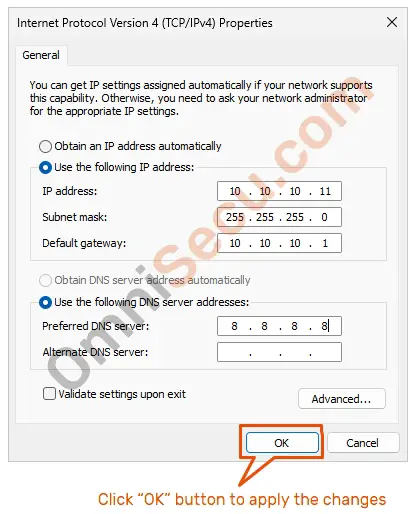
You may confirm the changes you had made in the TCP/IPv4 settings are applied or not by using the Command Prompt. You can open the Command Prompt terminal by typing "cmd.exe" from the Windows Serch Box and then by clicking the "Command Prompt" from the search results.
Type "ipconfig /all" from the Command Prompt and then hit the "Enter" key. You can see the changes made are applied.
Please refer below image.
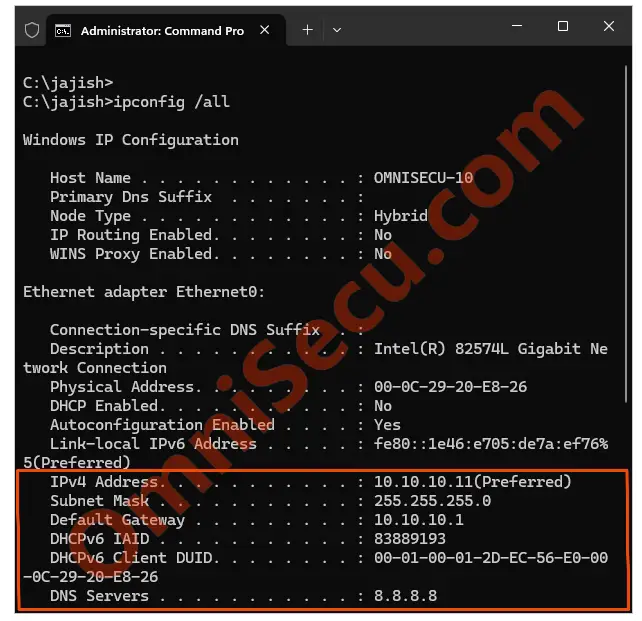
Written by Jajish Thomas.
Last updated on 3rd June, 2024.
